Photo Gallery for Scoparia cinereomedia - No common name | Photos: 17 |
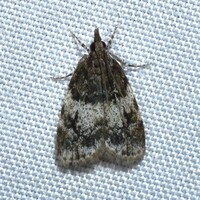 | Recorded by: David George, Stephen Dunn, Jeff Niznik on 2023-07-31
Macon Co.
Comment: | 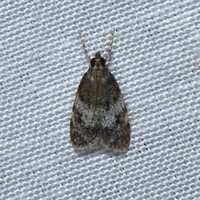 | Recorded by: David George, Stephen Dunn, Jeff Niznik, Rich Teper, Becky Watkins on 2023-07-30
Swain Co.
Comment: |
 | Recorded by: David George, Stephen Dunn, Jeff Niznik, Rich Teper, Becky Watkins on 2023-07-29
Swain Co.
Comment: | 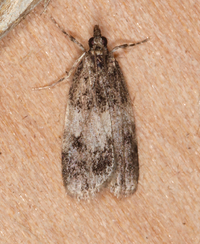 | Recorded by: Jim Petranka and Becky Elkin on 2023-07-27
Buncombe Co.
Comment: |
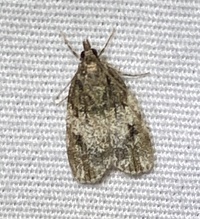 | Recorded by: David George, L.M. Carlson, Becky Watkins on 2022-08-14
Avery Co.
Comment: |  | Recorded by: John Petranka on 2022-08-07
Watauga Co.
Comment: |
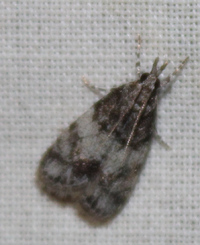 | Recorded by: Vin Stanton on 2022-06-23
Buncombe Co.
Comment: | 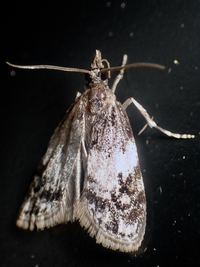 | Recorded by: tom ward on 2022-06-11
Buncombe Co.
Comment: |
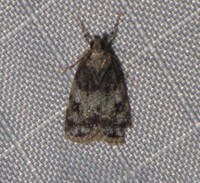 | Recorded by: Stefanie Hedrick on 2022-06-06
Mecklenburg Co.
Comment: |  | Recorded by: tom ward on 2021-07-16
Buncombe Co.
Comment: |
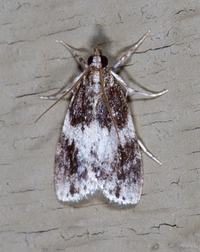 | Recorded by: Jim Petranka and Becky Elkin on 2019-07-25
Madison Co.
Comment: | 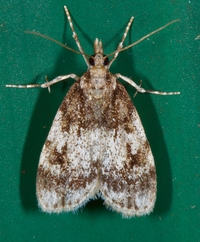 | Recorded by: Jim Petranka and Becky Elkin on 2019-07-20
Madison Co.
Comment: |
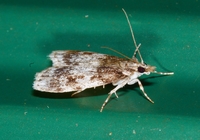 | Recorded by: Jim Petranka and Becky Elkin on 2019-07-20
Madison Co.
Comment: | 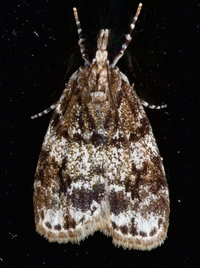 | Recorded by: Jim Petranka and Becky Elkin on 2019-06-25
Madison Co.
Comment: |
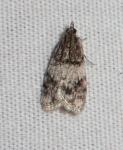 | Recorded by: B. Bockhahn, K. Kittelberger, P. Scharf on 2015-06-18
Avery Co.
Comment: |  | Recorded by: B. Bockhahn, K. Kittelberger, P. Scharf on 2015-06-18
Avery Co.
Comment: |
 | Recorded by: Doug Blatny/Jackie Nelson on 2012-07-24
Ashe Co.
Comment: |